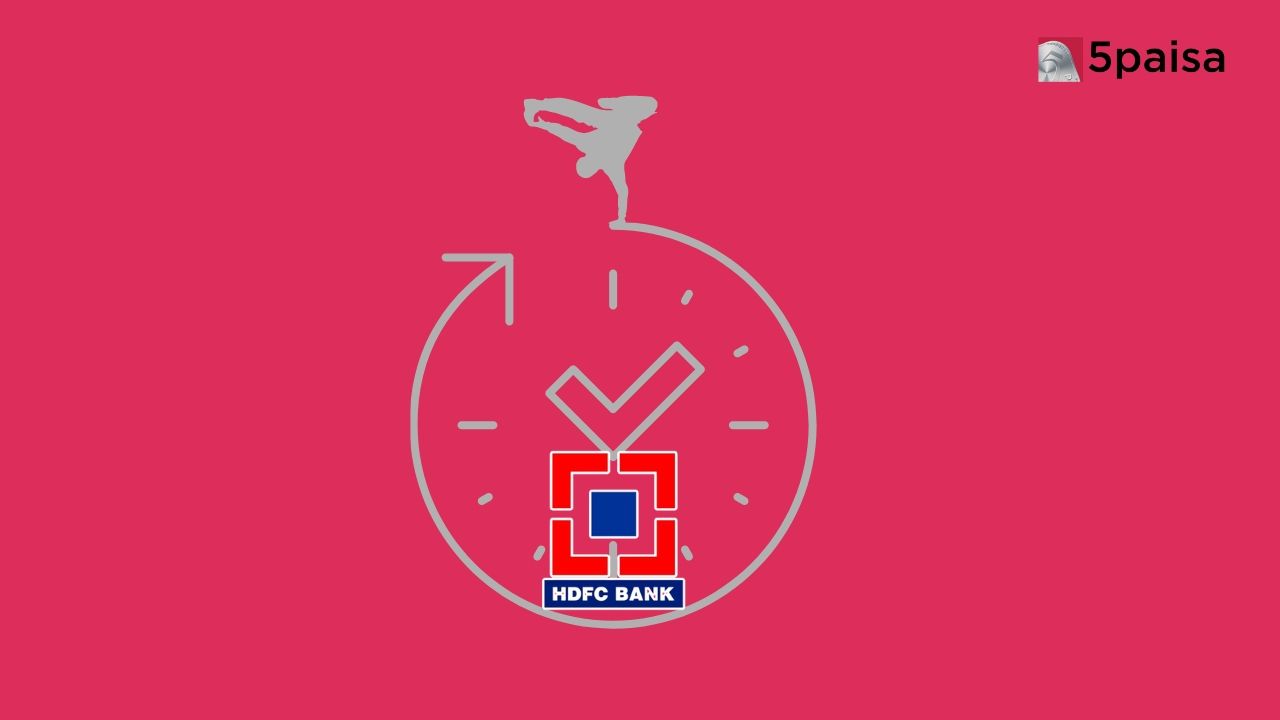HDFC: A New Chapter Begins

Last Updated: 24th August 2023 - 12:09 pm
Housing Development and Finance Corporation (HDFC), India's oldest mortgage lender, recently concluded its merger with HDFC Bank, marking the end of a remarkable four-decade-long journey. The merger comes with several positive impacts, including enhanced market capitalization, a strengthened leadership team, and regulatory advantages. In this blog post, we will explore the key highlights of the merger and discuss the potential benefits it brings in simple terms.
A Legacy of Growth and Transformation
HDFC was founded in 1977 and quickly established itself as a leading mortgage lender. Despite facing initial challenges, the company steadily grew and gained recognition for its commitment to customers and excellence in the housing finance sector. Over time, HDFC became a financial behemoth, boasting a market capitalization of over Rs 5 lakh crore at the time of the merger.
Deepak Parekh's Retirement and the New Leadership
Deepak Parekh, a key figure in building HDFC from the ground up, announced his retirement as Chairman ahead of the merger. Parekh's contributions and leadership have been instrumental in HDFC's success. However, HDFC Bank's Managing Director and CEO, Sashidhar Jagdishan, will now lead the combined entity, ensuring continuity and driving the HDFC legacy forward.
Preserving the HDFC Culture
Parekh emphasized the importance of HDFC's unique culture, which played a crucial role in establishing the institution as a household name in India. While acknowledging that mergers involve change, he assured stakeholders that the work culture would be an amalgamation of the best practices from both organizations. The core values of kindness, fairness, efficiency, and effectiveness will continue to shape the fabric of the HDFC group.
Enhanced Opportunities and Synergies
The merger with HDFC Bank presents a range of new opportunities for the combined entity. By leveraging HDFC Bank's proven execution capabilities, the merged entity can tap into the immense potential of the housing finance sector. The strengthened leadership team, led by Sashidhar Jagdishan, is expected to drive growth and seize these opportunities, positioning the combined entity for a prosperous future.
Regulatory Advantages and Operational Efficiency
One key factor that prompted the merger was the changing regulatory landscape for non-banking financial companies (NBFCs) in India. The Reserve Bank of India (RBI) had brought in stringent regulations for NBFCs, making operations more expensive and challenging. As an upper-tier NBFC, HDFC faced increased monitoring and scrutiny. However, the merger with HDFC Bank offers relief from some of these regulations, such as priority sector lending norms and treatment of subsidiaries. This regulatory advantage, combined with operational synergies, is expected to enhance efficiency and reduce costs for the merged entity.
Conclusion
The merger of HDFC and HDFC Bank represents the beginning of a new chapter in the history of both institutions. The combined entity, led by Sashidhar Jagdishan, is well-positioned to capitalize on the vast opportunities in the housing finance sector. The merger brings together the expertise, experience, and resources of two industry giants, ensuring a robust and customer-centric approach. With a strengthened leadership team, regulatory advantages, and a shared commitment to core values, the merged entity is set to create a positive impact in the financial landscape of India, offering enhanced services and opportunities to customers and stakeholders alike.
- Flat ₹20 Brokerage
- Next-gen Trading
- Advance Charting
- Actionable Ideas
Trending on 5paisa
Business and Economy Related Articles
Disclaimer: Investment in securities market are subject to market risks, read all the related documents carefully before investing. For detailed disclaimer please Click here.
 Sachin Gupta
Sachin Gupta
 5paisa Research Team
5paisa Research Team




